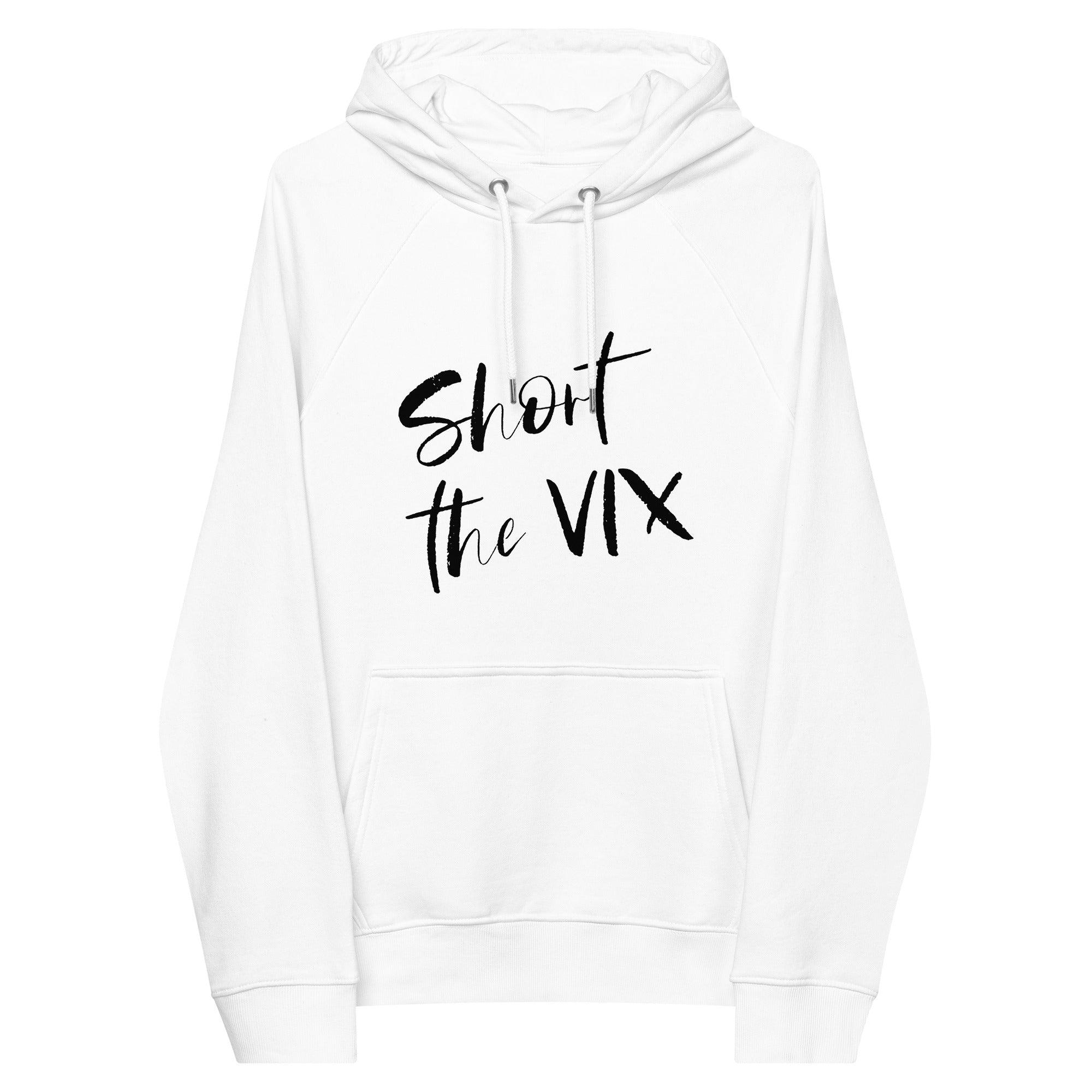
What is the VIX & How Do You Trade It?
The VIX, or CBOE Volatility Index, is a key "fear index" indicator in the world of finance. It measures the market's expectation of volatility over the next 30 days. Essentially, the VIX gauges the stock market's fear level. It measures the market's expectation of future volatility, specifically for the S&P 500 index, which represents a broad cross-section of the U.S. stock market. When the VIX is low, it indicates that the market is relatively stable and investors are complacent. On the other hand, a high VIX suggests that investors are anticipating increased market volatility.
Calculation
The VIX is calculated based on the prices of options on the S&P 500 index. More specifically, it reflects the market's expectations of future volatility over the next 30 days. This calculation is quite complex and involves a variety of options with different strike prices, expirations, and implied volatilities.
Role of the VIX
The VIX is crucial for traders and investors for several reasons. It serves as an early warning system, alerting traders to potential market turbulence. When the VIX spikes, it often accompanies stock market declines, making it a valuable tool for risk management.
Several factors can impact the VIX, including economic data releases, geopolitical events, and market sentiment. Understanding these factors is essential for successful VIX trading. While the VIX is a useful indicator, it's not infallible. Market dynamics can change, and the VIX is just one tool among many.
Trading The VIX
Trading the VIX directly is not possible, but there are derivatives that allow you to speculate on its movements. VIX trading allows you to profit from both rising and falling VIX levels, depending on your trading strategy.
VIX futures allow you to speculate on the future VIX level, while VIX options give you the right to buy or sell VIX futures at a predetermined price. You can trade the VIX with a relatively small capital, but keep in mind that VIX trading is risky, and it's important to manage your capital wisely.
The most common way to trade the VIX is through VIX futures and VIX options.
VIX Futures Trading
VIX futures are derivative contracts that allow traders to speculate on the future level of the VIX. Traders can go long (buy) VIX futures if they anticipate an increase in market volatility or go short (sell) them if they expect decreased volatility. VIX futures have expiration dates, typically monthly. As they approach expiration, traders must roll over to the next contract if they wish to maintain their position. This method is popular among experienced traders and institutions.
VIX Options Trading
VIX options give traders the right (but not the obligation) to buy or sell VIX futures contracts at a specified strike price. Traders can use VIX options to hedge their portfolios against potential market downturns or to speculate on future volatility levels. Options have expiration dates, and traders can choose from call options (betting on rising VIX) or put options (betting on falling VIX). This method provides more flexibility and is accessible to a broader range of traders, including retail investors.
Risk of Trading the VIX
Whether you choose VIX futures or VIX options, it's essential to thoroughly understand the mechanics of these instruments and consider your risk tolerance before engaging in VIX trading. If you're new to VIX trading, it's recommended to start with a demo account or seek guidance from financial experts to gain confidence and expertise in this specialized field.
Successful VIX trading requires well-thought-out strategies. Traders can adopt a variety of approaches, such as using VIX options to hedge a stock portfolio or speculating on the VIX's direction. The best strategy depends on your risk tolerance and market outlook. It's advisable to consult with a financial advisor or do thorough research before choosing a strategy. Each strategy carries its own risks and rewards.
VIX trading is not for the faint of heart. The VIX can be highly volatile and unpredictable, and traders can experience significant losses if not properly prepared. Risk management is essential. There are various trading tools and software available that can help traders analyze VIX data and make informed decisions.
Advantages Trading the VIX
VIX trading allows you to diversify your investment portfolio. The VIX tends to have an inverse relationship with stock prices. When the stock market experiences declines, the VIX often rises, providing a potential hedge against losses in your equity investments.
The primary purpose of the VIX is to measure market volatility. By trading VIX derivatives, you can effectively hedge your portfolio against unexpected market turbulence. This can help protect your investments during market downturns.
VIX trading offers the opportunity to profit from market fear and uncertainty. When the VIX spikes, it often signifies increased market anxiety. Traders can take long positions in VIX derivatives to benefit from these spikes.
VIX trading enables you to manage risk effectively. By incorporating VIX derivatives into your portfolio, you can have a reliable tool for risk management, helping you safeguard your investments.
VIX trading allows for diverse trading strategies, including hedging, speculative trading, and options strategies. Traders can tailor their approach to align with their risk tolerance and investment goals.
In times of low market volatility, VIX options can be relatively inexpensive, making them an attractive choice for traders looking to protect their portfolios or speculate on future market uncertainty.
Conclusion
The VIX is a vital tool for traders and investors in assessing market volatility and managing risk. understanding the VIX and how to trade it is a valuable skill. With the right knowledge, strategy, and risk management, you can navigate the complexities of VIX trading and potentially reap the rewards. Remember that VIX trading is not without risks, and it's important to continue learning and honing your skills. So, whether you're a seasoned trader or just starting, exploring the VIX can be a worthwhile endeavor.





Leave a comment
This site is protected by hCaptcha and the hCaptcha Privacy Policy and Terms of Service apply.